- No products in the cart.
Motrin 250mg tab 20 pc
$4.07
Motrin 250mg tab 20 pc
Description
Composition
Active substance:
1 tablet contains: naproxen in terms of 100% substance – 250,00 mg ;.
Excipients:
Lactose monohydrate – 71.12 mg potato starch – 42.00 mg Povidone – 16.00 mg magnesium stearate – 0.76 mg, dye tropeolin A – 0.12 mg.
Description:
Tablets of light yellow color with slight inclusions, Valium, with a facet and Valium.
Product form:
Tablets of 250 mg.
10 tablets in blisters. 1, 2 or 3 blisters together with instructions for use in a cardboard package.
Contraindications
Hypersensitivity to naproxen or naproxen sodium; complete or partial combination of asthma, recurrent nasal polyposis and paranasal sinuses and intolerance to acetylsalicylic acid and other non-steroidal anti-inflammatory drugs (including history). At the time of coronary artery bypass grafting. Erosive-ulcerous lesions of the stomach and duodenum 12 in the acute phase (ulcerative colitis (UC), Crohn’s disease).
Cerebrovascular bleeding or other bleeding disorders and hemostasis.
Renal failure (creatinine clearance less than 30 mL / min), including: confirmed hyperkalemia, progressive renal disease.
Inhibition of bone marrow hematopoiesis. Pregnancy, lactation.
Children up to age 12 years.
Carefully
Ischemic heart disease, cerebrovascular disease, congestive heart failure, dyslipidemia / hyperlipidemia, diabetes mellitus, peripheral arterial disease, smoking, creatinine clearance – 30-60 ml / min, the medical history of the development of ulcerative lesions of the gastrointestinal tract, the presence of infection Helicobacter pylori, advanced age, prolonged use of nonsteroidal anti-inflammatory drugs, frequent alcohol consumption, severe somatic diseases, concomitant therapy with the following drugs: ANT coagulants (e.g., warfarin), antiplatelet agents (aspirin, clopidogrel), oral corticosteroids (e.g., prednisone), selective serotonin reuptake inhibitor (citalopram, fluoxetine, paroxetine, sertraline). To reduce the risk of adverse effects from the gastrointestinal tract should use the lowest effective dose of the lowest possible rate. Children up to age 16 years.
Dosage
250 mg
Indications
Pain syndrome mild to moderate severity: neuralgia, ossalgiya, myalgia, sciatica, post-traumatic pain (sprains and injuries), accompanied by inflammation, postoperative pain (in traumatology, orthopedics, gynecology, maxillofacial surgery), headache, migraine, tuberculosis, adnexitis, toothache.
Symptomatic treatment of pain in diseases of the musculoskeletal system, including bursitis, tenosynovitis.
In the combined therapy of infectious and inflammatory diseases of the ear, nose and throat with severe pain (pharyngitis, tonsillitis, otitis media).
Febrile illness with flu and colds.
The preparation is used for the symptomatic therapy (to reduce pain, reduce inflammation, and elevated body temperature) and does not affect the progression of the underlying disease.
Interaction with other drugs
When treatment with anticoagulants should be borne in mind that naproxen may increase bleeding time. You should not use the drug in conjunction with other non-steroidal anti-inflammatory drugs (risk increase of side effects).
With simultaneous use of hydantoin derivatives, anticoagulants or other drugs that bind to a large extent to plasma proteins, the effect of these drugs may potentiate.
Naproxen may reduce the antihypertensive effect of propranolol and other beta-blockers, and may also increase the risk of renal failure associated with the use of ACE inhibitors.
Under the action of naproxen inhibited natriuretic action of furosemide.
Inhibition of renal clearance of lithium increases the lithium concentration in the plasma.
Admission probenecid increases the levels of naproxen in plasma.
Cyclosporin increases the risk of renal failure.
Naproxen slows excretion of methotrexate, phenytoin, sulfonamides, increasing the risk of their toxic effect.
Antacids containing magnesium and aluminum, reduce the absorption of naproxen.
Overdose
A considerable overdose may be characterized by drowsiness, dyspeptic disorders (heartburn, nausea and vomiting, abdominal pain), weakness, tinnitus, irritability, and in severe cases – hematemesis, melena, disturbance of consciousness, convulsions and renal failure.
Treatment: gastric lavage, administration of activated charcoal and symptomatic therapy: antacids, H2 blockers, histamine receptors, proton pump inhibitors. Hemodialysis is ineffective.
pharmachologic effect
Pharmacological group:
Nonsteroidal anti-inflammatory drug (NSAID).
Pharmacodynamics:
Nonsteroidal antiinflammatory drugs (NSAIDs), anti-inflammatory, analgesic and antipyretic effects associated with non-selective inhibition of cyclooxygenase 1 and cyclooxygenase 2 regulating the synthesis of prostaglandins.
Pharmacokinetics:
Absorption from the gastrointestinal tract – rapid and complete bioavailability – 95% (eating virtually no effect on the completeness or the rate of absorption). The time to reach maximum concentration (TCmax) – 2 h, the connection with plasma proteins – 99%, half-life (T1 / 2) – 12-15 hours Metabolism -. in the liver to dimetilnaproksena involving CYP2C9 enzyme system. Clearance – 0.13 ml / min / kg. Is displayed on the kidneys 98%, 10% of them are excreted unchanged; with bile – 0.5-2.5%. The equilibrium concentration of drug in blood plasma (Css) is determined after 2-3 days. In chronic renal failure possible accumulation of metabolites.
Conditions of supply of pharmacies
Available without prescription.
side effects
Side effects are most frequent when high doses of the drug – from the digestive system: constipation, abdominal pain, dyspepsia, nausea, diarrhea, ulcerative stomatitis, erosive and ulcerative lesions and bleeding of the gastrointestinal tract, NSAID-gastropathy (loss antrum as mucosal erythema, hemorrhages, erosions and ulcers), increased activity “liver” enzymes, the liver, jaundice, hematemesis, melena; – on the part of the central nervous system: hearing loss, dizziness, headache, drowsiness, depression, sleep disorders, inability to concentrate, insomnia, malaise, slowing of psychomotor reactions, aseptic meningitis, cognitive dysfunction; – with the skin: itching, ecchymosis, increased sweating, purpura, alopecia, photodermatosis; – with the senses: tinnitus, visual impairment, hearing impairment; – on the part of the cardiovascular system: swelling of the face, extremities, shortness of breath, palpitations, occurrence or worsening of an existing chronic heart failure, vasculitis; – with the urogenital system: glomerulonephritis, hematuria, interstitial nephritis, nephrotic syndrome, renal failure, renal papillary necrosis, menstrual irregularities; – by the blood-forming organs: eosinophilia, granulocytopenia, leukopenia, thrombocytopenia, aplastic anemia, hemolytic anemia; – on the part of the respiratory system: eosinophilic pneumonitis; – allergic reactions: skin rash, urticaria, angioedema, toxic epidermal necrolysis, erythema multiforme, Stevens-Johnson syndrome; – Other: thirst, hyperthermia, hyperglycemia, hypoglycemia, myalgia and muscle weakness.
special instructions
Do not exceed the dosage specified in the instructions. To reduce the risk of adverse effects from the gastrointestinal tract should use the lowest effective dose possible short course. If pain and fever persist or become stronger, you should consult a doctor.
Patients with asthma, with bleeding disorders, as well as in patients with hypersensitivity to other analgesics before taking naproxen should consult a doctor.
Caution should be used in patients with liver diseases and renal failure. In patients with renal failure is necessary to monitor creatinine clearance. In chronic alcoholic and other forms of cirrhosis the concentration of unbound naproxen is increased, however such patients are recommended lower doses.
Naproxen should not be taken with other anti-inflammatory and analgesic drugs, except for medical appointments. Elderly patients are also recommended lower doses. Avoid receiving naproxen for 48 hours prior to surgery. If necessary, the definition of 17-corticosteroid preparation should be canceled 48 hours prior to the study. Similarly, naproxen may affect the determination of 5-hydroxyindoleacetic acid in the urine. Use of naproxen as well as other drugs that block the synthesis of prostaglandins, can affect fertility, is not recommended for women planning pregnancy.
Storage conditions
In a dry place, protected from light at a temperature not higher than 25 C.
Keep out of the reach of children.
Dosing and Administration
Inside, adults and children over 12 years. Tablets should be taken whole, drinking plenty of fluids, can be taken at meal time.
For pain relief starting dose is 500 mg, and then, if necessary, at 500 mg every 12 hours or 250 mg every 8 hours.
A typical daily dose used for pain relief, is 500 – 1000 mg.
For removal of pain in migraine recommended dose of 500 mg twice a day. However, the treatment should be discontinued if the frequency, intensity and duration of migraine attacks do not diminish within 4-6 weeks.
To facilitate menstrual pain, pain after intrauterine administration and other gynecological pain (adnexitis) starting dose is 500 mg, and then, if necessary, at 250 mg every 6-8 hours for 3-4 days.
For the symptomatic treatment of pain in diseases of the musculoskeletal system (bursitis, tenosynovitis), the usual daily dose of 500-1000 mg, in one or two tablets twice a day, morning and evening.
When using the drug as an antipyretic initial dose of 500 mg, followed if necessary by 250 mg every 8 hours. The drug is not recommended for use as an analgesic for more than 5 days without consulting a doctor. If symptoms persist, consult a doctor.
Information
Appearance may differ from that depicted in the picture. There are contraindications. You need to read the manual or consult with a specialist
Additional information
| Weight | 0.100 kg |
|---|---|
| Manufacturer | JOHNSON |


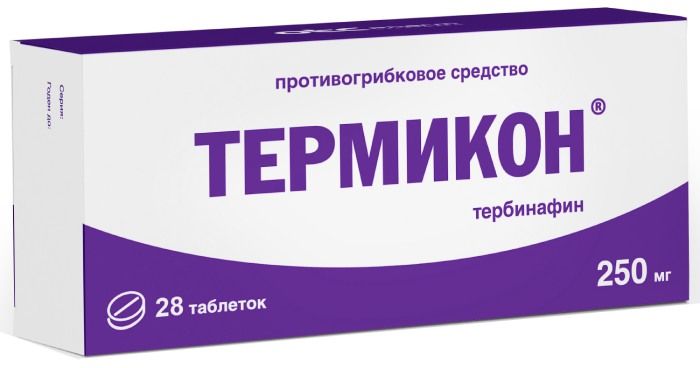
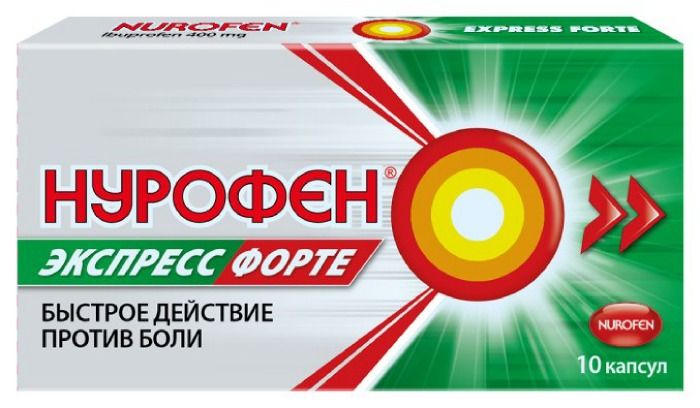
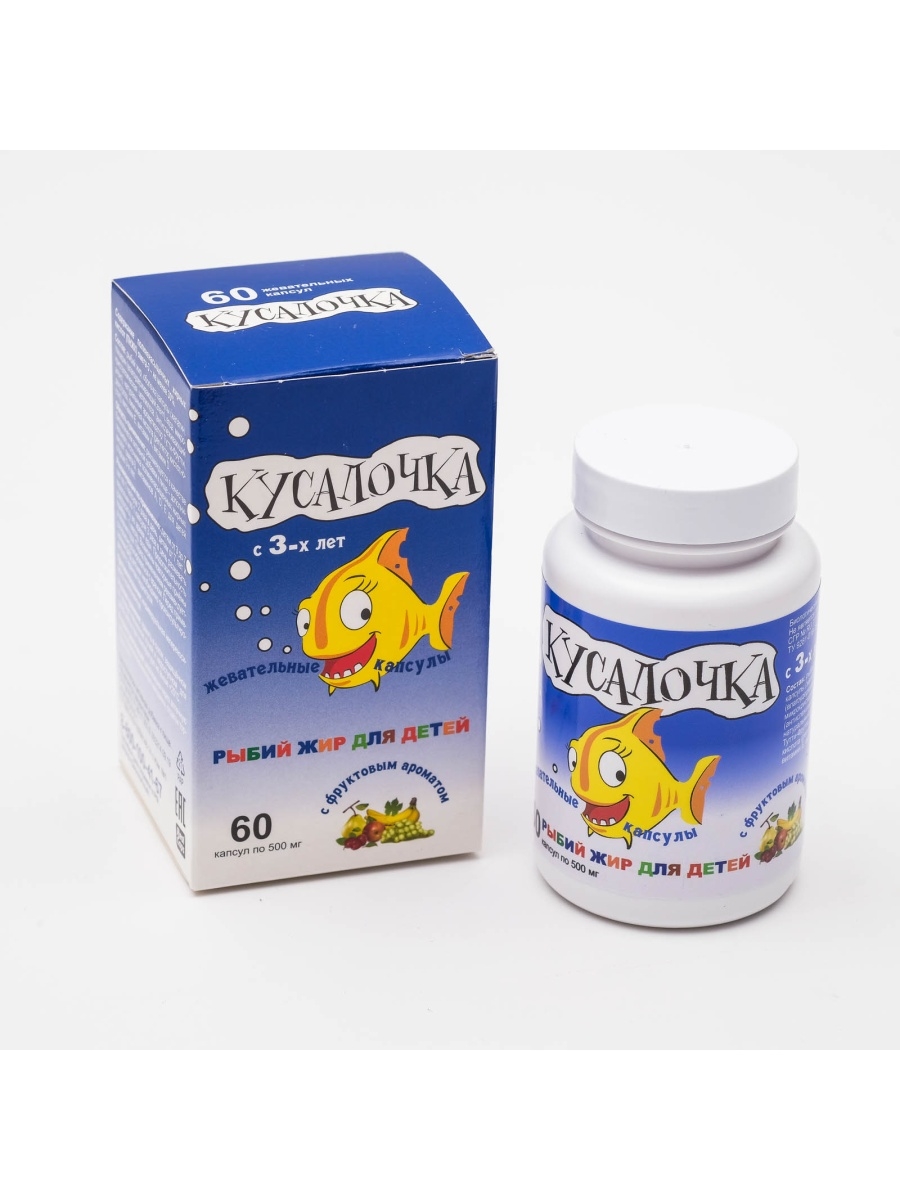
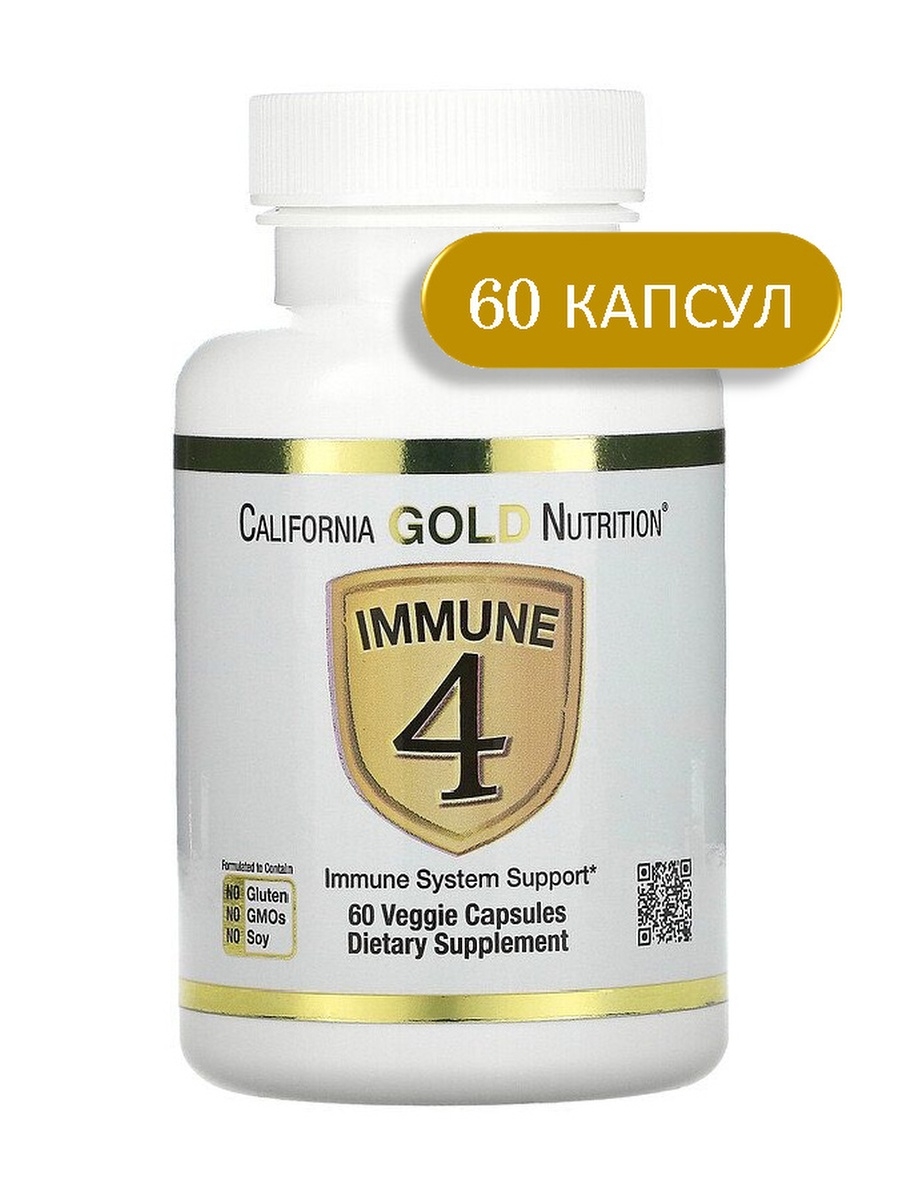
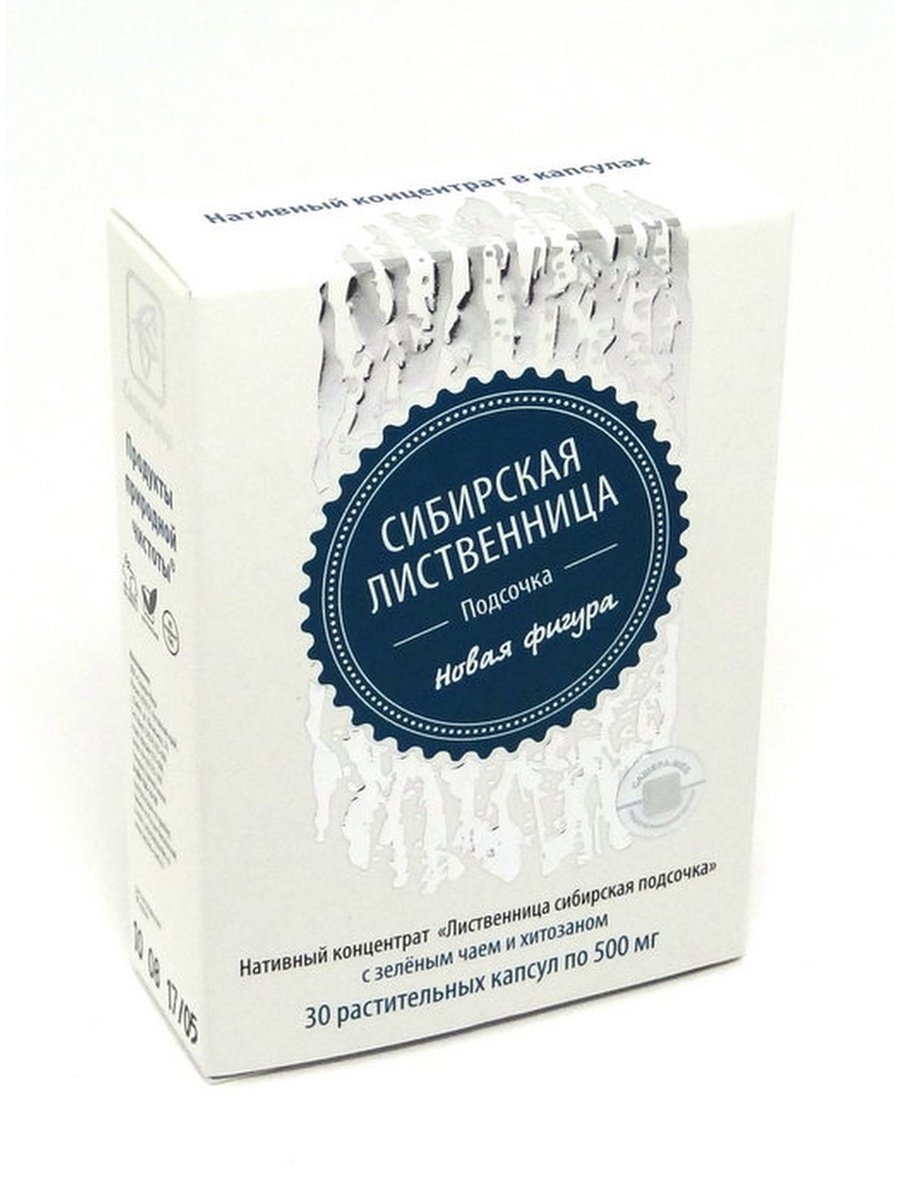
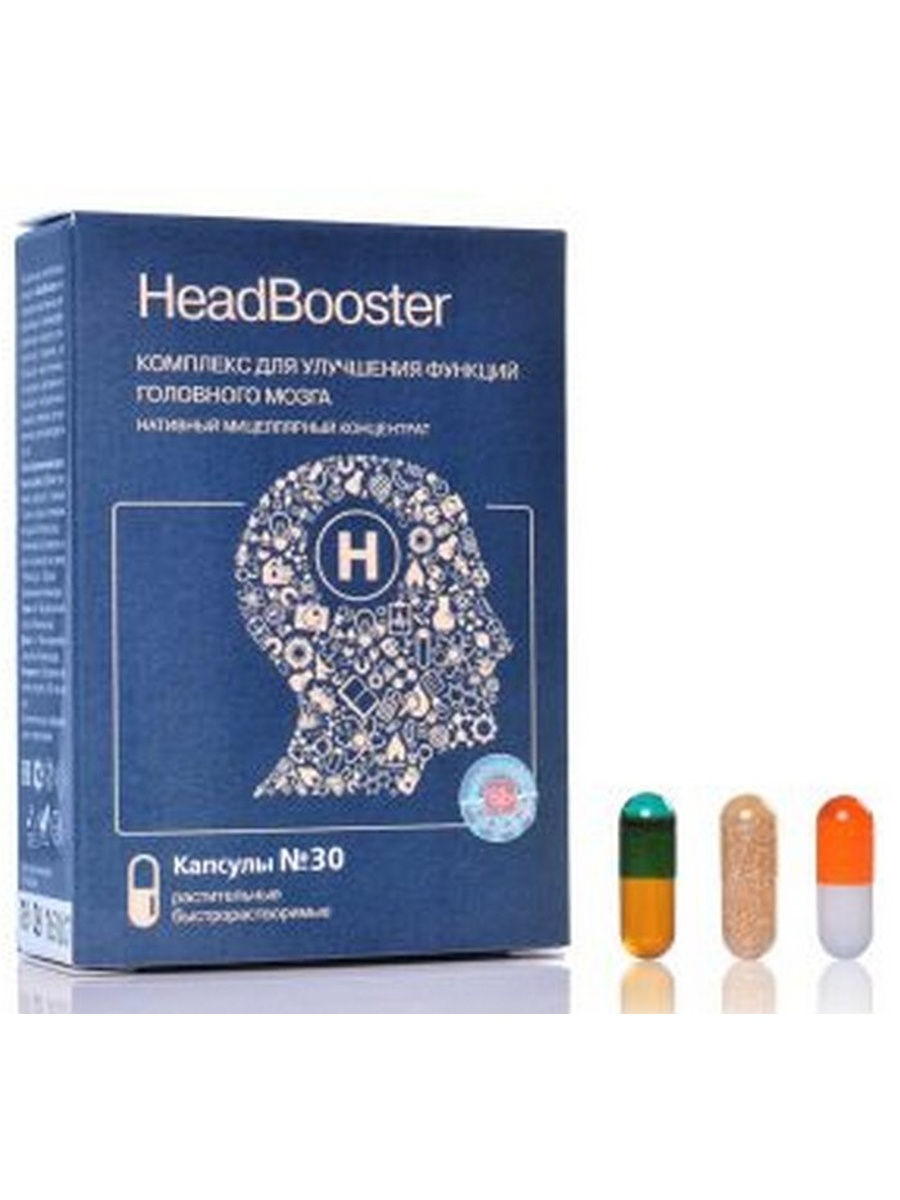
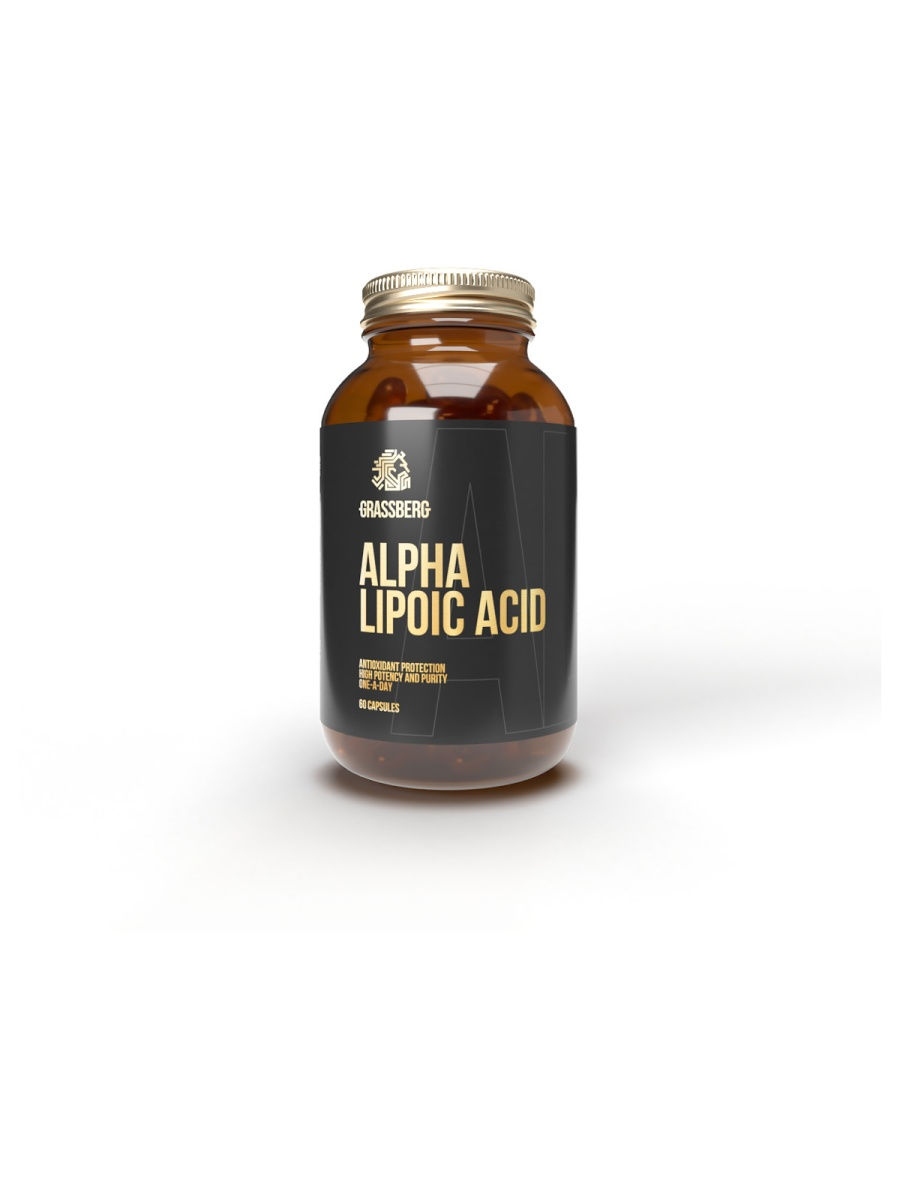





There are no reviews yet.